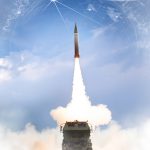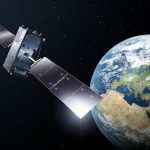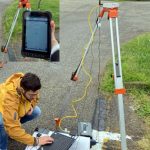BAE Systems Announces NavStorm™-M at Joint Navigation Conference
At the Joint Navigation Conference in Cincinnati, BAE Systems unveiled NavStorm™-M, a gun-hardened integrated anti-jamming and global positioning system (GPS) receiver for artillery, bombs, missiles, and unmanned systems. The newly enhanced GPS receiver is the latest addition to BAE Systems’ extensive portfolio of products that provide advanced and secure GPS solutions for airborne, ground, and weapons systems.
By Inside GNSS













